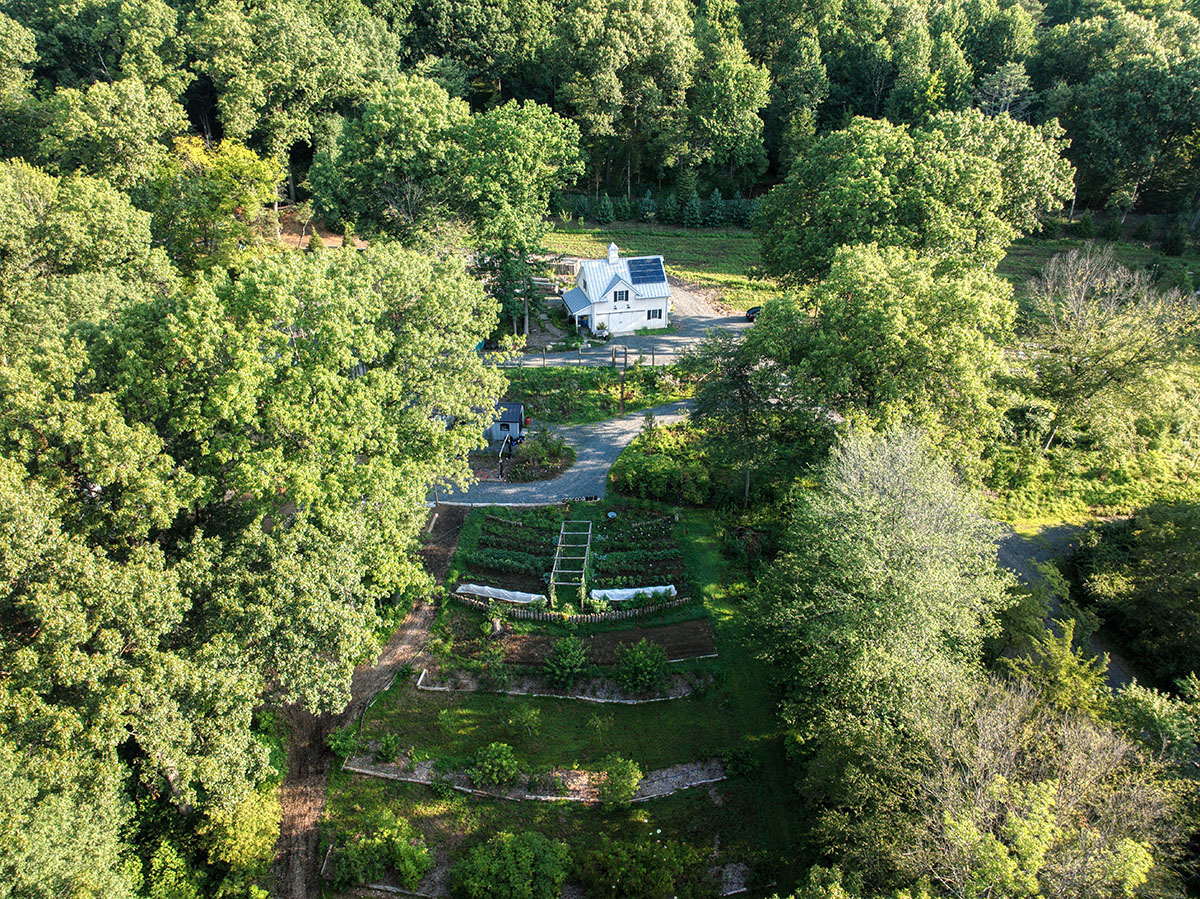
Why grow milkweed?
Milkweed is the sole food source for hungry monarch caterpillars. And those caterpillars need our help. Monarchs have been suffering steep population declines—more than 80% since the 1990s!—due to loss of milkweed breeding habitat, pesticides, and climate change. But we can help. We can plant milkweed. With more than 70 native species occurring, there’s a variety that can thrive in every ecoregion in the U.S. There are milkweeds that grow in dry or wet terrain, in blazing sun or part shade, and they come in shades of pink, orange, green, and white. In fall, plants produce large teardrop-shaped pods filled with seeds attached to fluffy white floss that helps them disperse on the breeze. (Fun fact: The naturally buoyant material was used to fill life preservers for soldiers during World War II.) In addition to monarchs, milkweed attracts vital pollinators like native bees, hummingbirds, and other butterflies and moths. Learn more about milkweed and monarch conservation from organizations like Xerces here.
What should I plant if I live in the Northeast?

Common milkweed (Asclepias syriaca)
Common milkweed grows on roadsides and in fields across the US. Its flower globes are baseball-size, and its stalks reach five feet tall. Place it where it will get ample light. Photo by Melinda Young Stuart.

Swamp milkweed (A. incarnata)
Swamp milkweed likes moist to wet conditions, so it’s ideal for rain gardens and areas near streams or ponds. Magenta buds bloom into pale pink, vanilla-scented flowers on stems that can stretch to four feet in height. The stems are hairy and the leaves grow in opposite pairs. Photo by R. A. Nonenmacher.

Butterfly weed (A. tuberosa)
With fragrant orange blooms, butterfly weed is a drought-tolerant species that grows to about two feet tall and prefers well-drained, lean (not nutrient-rich) soil. Its leaves are hairy underneath and grow in alternate patterns (not opposite) on the stem. It’s also the only milkweed that doesn’t produce a milky sap when cut. Photo by Peter Gorman.
Caution: Beware of tropical milkweed. What is it and why should I avoid growing it?
Tropical milkweed is a fast-growing species that nurseries have been selling because of its long bloom time and propagation ease. According to Xerces, tropical milkweed poses a problem in areas where it doesn’t fully die back in the winter. They say: “A protozoan parasite, Ophryocystis elektroscirrha, or OE for short, can travel with monarchs visiting the plants and become deposited on leaves. When caterpillars hatch and start eating the plant, they ingest the parasite. High OE levels in adult monarchs have been linked to lower migration success in the eastern monarch population, as well as reductions in body mass, lifespan, mating success, and flight ability.” When milkweed dies, so does the parasite, but not in areas when it continues blooming.
Native milkweeds die back after blooming, which signals to the butterflies that it’s time to migrate south. Non-native tropical milkweed, on the other hand, can continue to flower long after native milkweeds have died. This can confuse monarchs into sticking around and breeding when they should be traveling to warmer zones. If they breed too late, the caterpillars risk starvation.
How can you spot the difference between tropical milkweed and butterfly weed?
You can often identify the straight species of non-native tropical milkweed, quickly by its two-toned flowers—red corollas with orange coronas. However, there is an orange cultivar that makes it much harder to recognize. To know for certain, look at the foliage and the flower structure. Tropical milkweed has loose, open flower heads, and long, skinny leaves, which grow in opposite pairs, not alternating. Its seed pods and stems are also smooth, not hairy and the plant will produce a milky sap when cut, unlike butterfly weed.

Tropical milkweed (A. curassavica)
Tropical milkweed is a non-native species that you should avoid growing to support monarch butterflies. Don’t confuse it with butterfly weed (above). Photo by Jee & Rani Nature Photography © 2016.
By Melissa Ozawa









